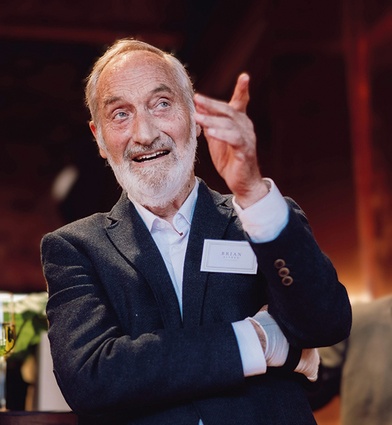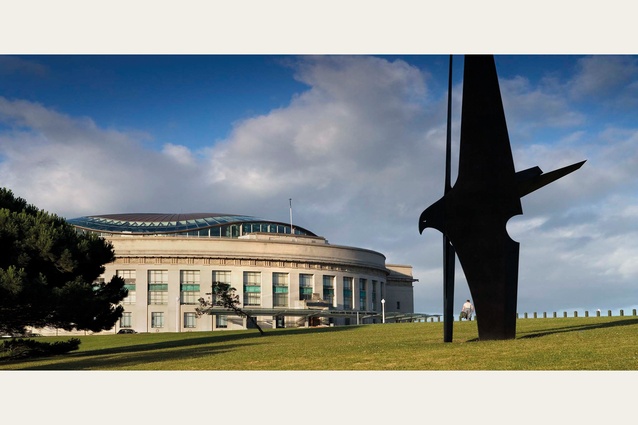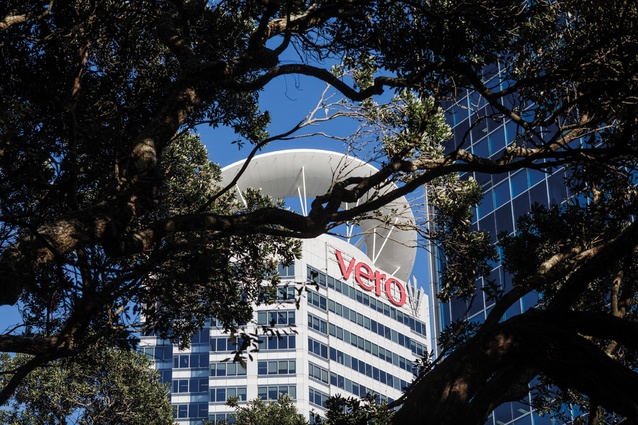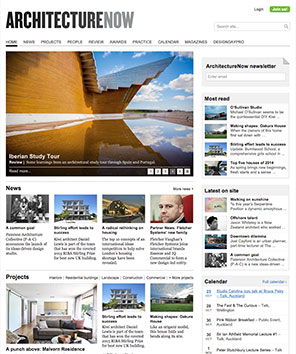Vale Brian Aitken
Brad Luke pays tribute to his Peddlethorp colleague, mentor and friend, and one of Aotearoa New Zealand’s most accomplished architects.
For more than 50 years, Brian Aitken shaped not only the skylines of Auckland and Wellington but also the lives of countless people who were fortunate enough to work alongside him. His legacy is visible in many buildings, some of which have become landmarks: Metropolis, the Vero Centre, the Fay Richwhite Building at 151 Queen Street and the redevelopment of the Auckland War Memorial Museum. But, just as enduring as the buildings are the stories, lessons and values he left behind.
Brian began his architectural journey at the University of Auckland in 1967. A scholarship took him first to London, then to Columbia University in New York, before he returned to New Zealand and joined Peddle Thorp. By 1978, his name was on the door — Peddle Thorp & Aitken — and the practice grew from fewer than 10 staff members to more than 50 under his leadership.
His reputation in the profession was unparalleled. He was admired for his mastery of design, technology and code compliance but, even more, for the way he approached people: with humility, humour and genuine care. Brian had an uncanny ability to cut through complexity, often by going straight to the people doing the physical work on site or in another consultant’s office.
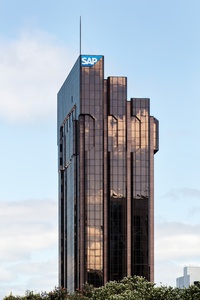
He was just as comfortable standing in a deep basement, engaging with and learning from installers or suppliers, as he was negotiating with clients, consultants or councils in ivory towers. His wisdom was trusted across every level of the industry. Brian cared deeply about people. His approach to employment was never just about credentials — it was about the person in front of him. One of his pearls of wisdom was: “Expanding a firm is easy; contracting is hard.” He mentored, guided and encouraged many, and, for those who gave him the time to share a story or two, that was where the gold was: a lesson, a warning or an insight, often wrapped in a tangential tale.
Endlessly generous with his time, Brian gave his full attention to every conversation, making you feel as though your problem was the most important thing in the world to him. He loved mentoring and “walking the boards” (drawing boards that is, for the younger folk), to leave hand-drawn details or advisory notes, often complete with specification-level notations. These notes weren’t corrections but gifts — pieces of wisdom passed on with care.
Despite being honoured as a Distinguished Fellow of Te Kāhui Whaihanga New Zealand Institute of Architects in 2017, Brian never stopped learning or sharing. He brought humility and humour to every situation, whether it was quietly steering a challenging project to success or dressing up as Santa to hand out gifts in the studio.
Retirement, for Brian, was more a word on paper than a reality. After multiple farewell parties, people would continue to ask, “Is Brian still working?” The truth was, he never stopped. Projects, people and the profession itself continued to draw him in. We’ll likely be discovering for some time just how many people he was advising right up until the end.
Brian believed in endurance. He wanted his buildings to last and he wanted his profession to thrive. But, more than that, he wanted people to succeed. His legacy is not only in the towers that grace our skylines but in the countless individuals he mentored, the culture he fostered and the values he lived every day: fairness, kindness, generosity and care.
We feel privileged to have shared his journey. And, while his buildings may endure, it is his influence on people and the way he made us all better that we hope will endure the longest.

